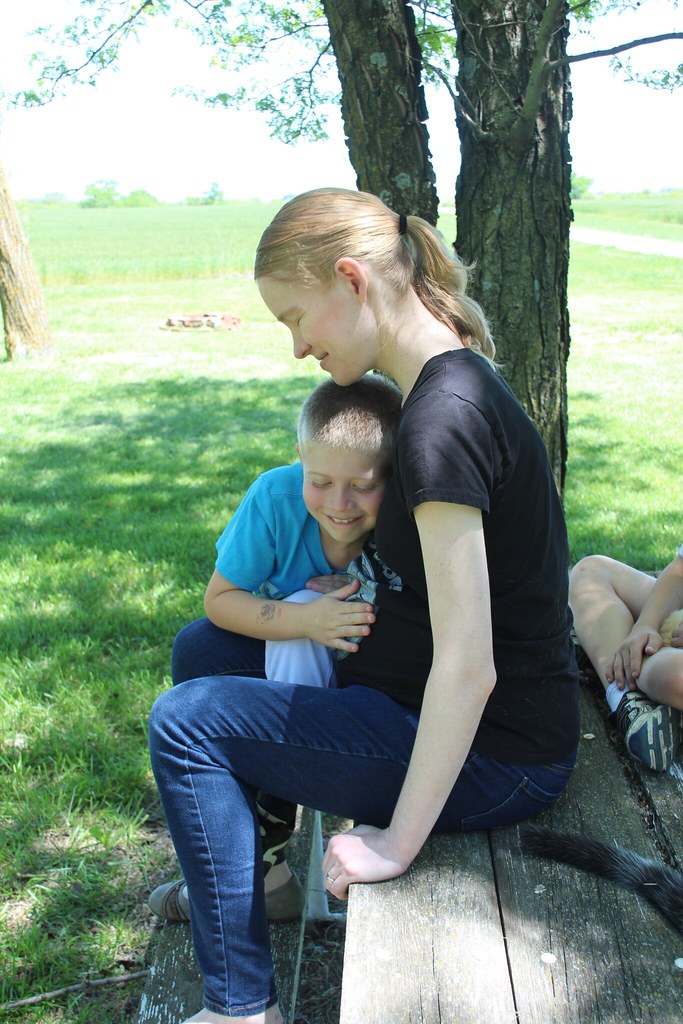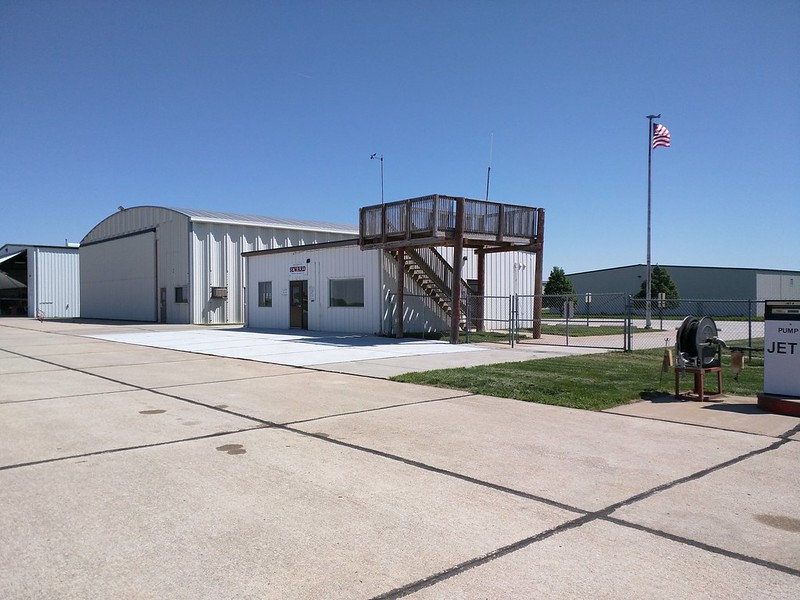I still remember vividly my first visit to Europe, back in 2010. I had just barely gotten off a plane in Hamburg and on to a bus to Lubeck, and struck up a conversation with a friendly, well-educated German classical musician next to me. We soon started to discuss politics and religion. Over the course of the conversation, in response to his questions, I explained I had twice voted against George W. Bush, that I opposed the war in Iraq for many reasons, that I did thought there was an ethical imperative to work to defeat climate change, that I viewed health care as an important ethical and religious issue, that I thought evolution was well-established, and that I am a Christian.
Finally, without any hint of insult intended, and rather a lot of surprise written all over his face, he said:
“Wow. You’re an American, and a Christian, and you’re so…. normal!”
This, it seems to me, has a lot to do with Trump.
Ouch
It felt like a punch to the gut. The day after the election, having known that a man that appeared to stand for everything that honorable people are against won the election, like people all around the world, I was trying to make sense of “how could this happen?” As I’ve watched since, as he stacks government with wealthy cronies with records nearly as colorful as his own, it is easy to feel even more depressed.
Based on how Trump spoke and acted, it would be easy to conclude that the “deplorables” won the day – that he was elected by a contingent of sexists or racists ascendent in power.
But that would be too simple an explanation. This is, after all, the same country that elected Barack Obama twice. There are a many people that voted twice for a black man, and then for Trump. Why? Racism, while doubtless a factor, can’t explain it all.
How Trump could happen
Russ Allbery made some excellent points recently:
[Many Americans are] hurt, and they’re scared, and they feel like a lot of the United States just slammed the door in their faces.”
The status quo is not working for people.
Technocratic government by political elites is not working for people. Business as usual is not working for people. Minor tweaks to increasingly arcane systems is not working for people. People are feeling lost in bureaucracy, disaffected by elections that do not present a clear alternate vision, and depressed by a slow slide into increasingly dismal circumstances.
Government is not doing what we want it to do for us. And people are getting left behind. The left in the United States (of which I’m part) has for many years been very concerned about the way blacks and other racial minorities are systematically pushed to the margins of our economy, and how women are pushed out of leadership roles. Those problems are real. But the loss of jobs in the industrial heartland, the inability of a white, rural, working-class man to support his family the way his father supported him, the collapse of once-vibrant communities into poverty and despair: those problems are real too.
The status quo is not working for anyone except for a few lucky, highly-educated people on the coasts. People, honestly, like me, and like many of the other (primarily white and male) people who work in tech. We are one of the few beneficiaries of a system that is failing the vast majority of people in this country.
Russ is, of course, right. The Democrats have been either complicit in policies damaging to many, or ineffective in preventing them. They have often appeared unconcerned with the plight of people outside cities (even if that wasn’t really the case). And it goes deeper.
When’s the last time you visited Kansas?
I live in Kansas. The nearest paved road is about a 3-mile drive from my home. The nearest town, population 600, is a 6-mile drive. My governor — whom I did not vote for — cut taxes on the wealthy so much that our excellent local schools have been struggling for years. But my community is amazing, full of loving and caring people, the sort of people who you know you’ll be living with for 40 years, and so you make sure you get along well with.
I have visited tourist sites in Berlin, enjoyed an opera and a Broadway show in New York, taken a train across the country to Portland, explored San Francisco. I’ve enjoyed all of them. Many rural people do get out and experience the world.
I have been in so many conversations where I try to explain where I live to people that simply cannot fathom it. I have explained how the 18 acres I own is a very small amount where I am. How, yes, I do actually have electricity and Internet. How a bad traffic day is one where I have to wait for three cars to go past before turning onto the paved road. How I occasionally find a bull in my front yard, how I can walk a quarter mile and be at the creek on the edge of my property, how I can get to an airport faster than most New Yorkers and my kids can walk out the front door and play in a spot more peaceful than Central Park, and how all this is way cheaper than a studio apartment in a bad part of San Francisco.
It is rare indeed to see visitors actually traveling to Kansas as a destination. People have no concept of the fact that my mechanic would drop everything and help me get my broken-down car to the shop for no charge, that any number of neighbors or uncles would bring a tractor and come plow the snow off my 1/4-mile driveway out of sheer kindness, that people around here really care for each other in a way you don’t see in a city.
There are people that I know see politics way differently than me, but I know them to be good people. They would also do anything for a person in need, no matter who they are. I may find the people that they vote for to be repugnant, but I cannot say “I’ve looked this person in the eyes and they are nothing but deplorable.”
And so, people in rural areas feel misunderstood. And they are right.
Some perspectives on Trump
As I’ve said, I do find Trump to be deplorable, but not everyone that voted for him is. How, then, do people wind up voting for him?
The New Yorker had an excellent story about a man named Mark Frisbie, owner of a welding and fab shop. The recession had been hard on his business. His wife’s day-care center also closed. Health care was hard to find, and the long, slow decline had spanned politicians of every stripe. Mark and his wife supposedly did everything they were supposed to: they worked hard, were honest, were entrepreneurial, and yet — he had lost his business, his family house, his health coverage, everything. He doesn’t want a handout. He wants to be able to earn a living. Asked who he’d vote for, he said, “Is ‘none of the above’ an option?”
The Washington Post had another insightful article, about a professor from Madison, WI interviewing people in rural areas. She said people would often say: “All the decisions are made in Madison and Milwaukee and nobody’s listening to us. Nobody’s paying attention, nobody’s coming out here and asking us what we think. Decisions are made in the cities, and we have to abide by them.” She pushed back, hard, on the idea that Trump supporters are ignorant, and added that liberals that push that line of thinking are only making the problem worse.
I would agree; seeing all the talk about universities dis-inviting speakers that don’t hew to certain political views doesn’t help either.
A related article talks about the lack of empathy for Trump voters.
And then we have a more recent CNN article: Where Tump support and Obamacare use soar together, explaining in great detail how it can be logical for someone to be on Obamacare but not like it. We can all argue that the Republicans may have as much to do with that as anything, but the problem exists.
And finally, a US News article makes this point:
“His supporters realize he’s a joke. They do not care. They know he’s authoritarian, nationalist, almost un-American, and they love him anyway, because he disrupts a broken political process and beats establishment candidates who’ve long ignored their interests.
When you’re earning $32,000 a year and haven’t had a decent vacation in over a decade, it doesn’t matter who Trump appoints to the U.N., or if he poisons America’s standing in the world, you just want to win again, whoever the victim, whatever the price.
…
According to the Republican Party, the biggest threat to rural America was Islamic terrorism. According to the Democratic Party it was gun violence. In reality it was prescription drug abuse and neither party noticed until it was too late.”
Are we leaving people out?
All this reminded me of reading about Donald Knuth, the famous computer scientist and something of the father of modern computing, writing about his feelings of trepidation about sharing with his university colleagues that he was working on a project related to the Bible. I am concerned about the complaints about “the PC culture”, because I think it is good that people aren’t making racist or anti-semitic jokes in public anymore. But, as some of these articles point out, in many circles, making fun of Christians and conservatives is still one of the accepted targets. Does that really help anything? (And as a Christian that is liberal, have all of you that aren’t Christians so quickly forgotten how churches like the Episcopals blazed the way for marriage equality many years ago already?)
But they don’t get a free pass
I have found a few things, however, absolutely scary. One was an article from December showing that Trump voters actually changed their views on Russia after Trump became the nominee. Another one from just today was a study on how people reacted when showed inauguration crowd photos.
NPR ran a story today as well, on how Trump is treating journalists like China does. Chilling stuff indeed.
Conclusion
So where does this leave us? Heading into uncertain times, for sure, but perhaps — just maybe — with a greater understanding of our neighbors.
Perhaps we will all be able to see past the rhetoric and polarization, and understand that there is something, well, normal about each other. Doing that is going to be the only way we can really take our country back.



